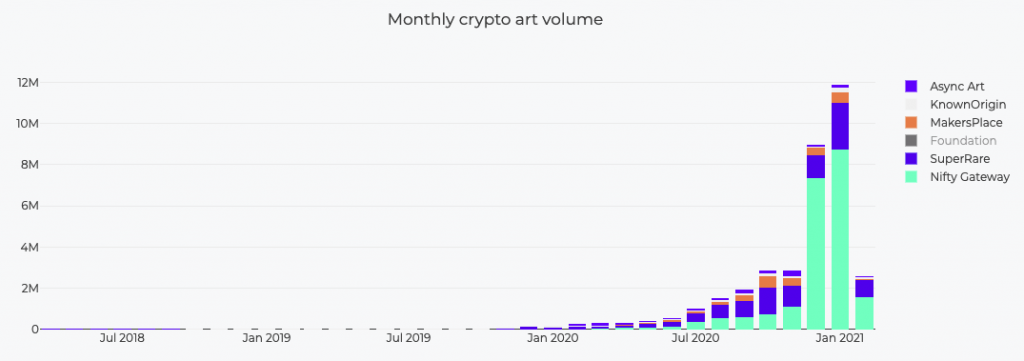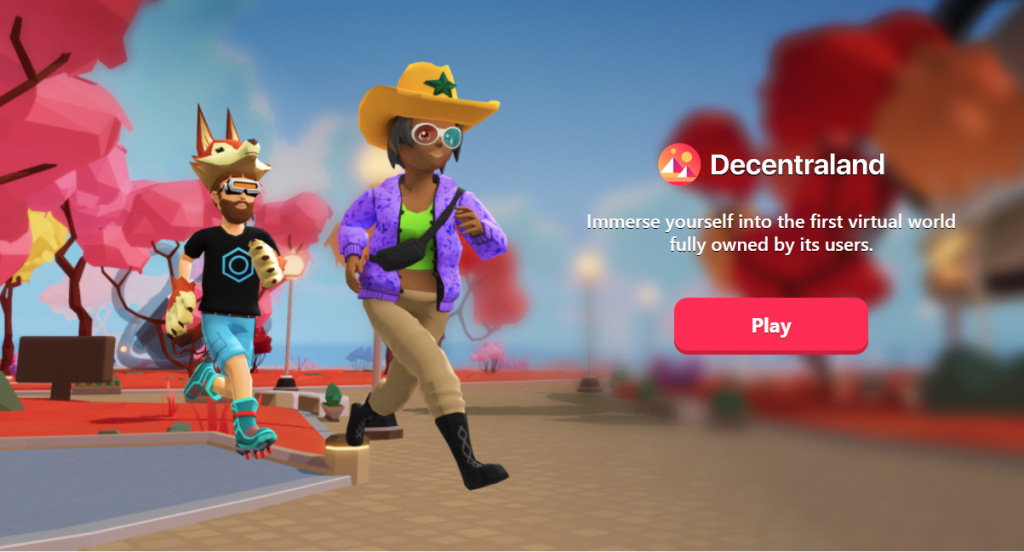Non-fungible tokens (NFTs) are cryptographic tokens that represent scarce digital content items. As distinct from cryptocurrencies like bitcoin, NFTs are not interchangeable.
This resource delves into the value proposition of NFTs and some of their applications.
Value Proposition of NFTs
Uniqueness. Remember that the ‘N’ and ‘F’ in ‘NFT’ stand for ‘non-fungible’. Something is fungible when it can be replaced with an identical item. In other words, it’s interchangeable. For example, a $20 note is fungible. When something is non-fungible, it’s irreplaceable and can never be genuinely copied.
Immutability. NFTs run on public blockchains like Ethereum, meaning no one can tamper with the metadata—for example, an image or a name—associated with a given NFT.
Tradability. At their core, NFTs are digital representations of ownership, making the process of transferring them to anyone from anywhere in the world relatively straightforward and safe.
Learn more about NFTs in the below presentation by Matt Willemsen (Head of Research & Content at Collective Shift).
History of NFTs
The concept of an NFT is nothing new. Cryptographer Hal Finney more or less described them back in 1993 in a message entitled ‘Crypto trading cards‘. However, it wasn’t until blockchain technology was invented that their applicability could be experimented with.
Among the first blockchain-enabled NFTs were Rare Pepes, which were Bitcoin-based tradable cards inspired by the Pepe the Frog meme. Another was CryptoPunks, a collection of 10,000 programmatically generated pixel-art characters with proof of ownership stored on the Ethereum blockchain.
The project responsible for popularising NFTs was CryptoKitties, a game centred around Ethereum-powered digital collectibles in the form of cartoon cats. In late 2017, CryptoKitties became so popular that it severely congested the Ethereum blockchain, causing transaction fees to soar.
Use Cases
In the years since the CryptoKitties bonanza, developers and entrepreneurs have continued to innovate with NFTs. Today, NFTs have various use cases and applications.
Art
- As of this writing, there are roughly 30 Ethereum-based digital art marketplaces such as OpenSea and SuperRare. Artists use these marketplaces to sell their artwork directly to a global audience. This eliminates the need to go through an intermediary, helping artists keep a greater portion of the revenue.
Gaming
- Gods Unchained: A digital collectible card game where cards are issued as blockchain-based NFTs.
- Axie Infinity: A game where players battle, raise and trade fantasy creatures called Axies.
Virtual worlds
- Decentraland: A blockchain-based virtual world where players own and exchange pieces of virtual land and other in-game items such as wearables.
- The Sandbox: A virtual world where creators can share and monetise voxel assets and gaming experiences on the Ethereum blockchain.
- Voxels: A virtual world powered by Ethereum where players can buy land as well as build stores and art galleries.
Collectibles
- NBA Top Shot: A first-of-its-kind collectible game where players collect, trade, and sell their favourite NBA highlights as digital tokens.
- Haskmaks: A collection of 16,384 unique digital portraits, each of which can be assigned a name by its owner.
Fashion
- DIGITALAX: A digital fashion NFT protocol built on Ethereum.
Identity
- Ethereum Name Service (ENS): A wallet-naming service that allows for a human-friendly wallet address like ‘myname.eth’ to represent the underlying blockchain address.
- Unstoppable Domains: A blockchain domain registry platform that has turned ‘.crypto’ domain names into tradable NFTs on Ethereum.
DeFi
- NIFTEX: A platform that allows for the fractional trading of NFTs.
- NFTX: A community-owned protocol for NFT index funds on Ethereum.
- Aavegotchi: A playable collectibles game where players stake NFT avatars with interest-bearing aTokens.
- Cometh: A DeFi-powered spaceship game with yield-generating NFTs.
- NFTfi: A marketplace for NFT-collateralised lending and borrowing.
- Yield Guild Games: A play-to-earn gaming guild, bring players together to earn via blockchain-based economies.
Writing
- Mirror: A blogging platform enabling writers to crowdfund their work by minting their essays as NFTs.
Social
- Showtime: A social NFT platform allowing creators to monetise directly from advertisers, bypassing centralised social media.
- POAP: A software system that allows humans to collect badges every time they participate in an activity, in person or remotely.
Universal marketplaces
- Zora: A universal market protocol for buying and selling limited-edition goods such as shoes, records and art.
- Foundation: A marketplace for buying, selling and trading limited-edition goods and art.
- Rarible: A marketplace for creating, buying and selling NFTs including music and smart-contract insurance coverage.
Related: How to Buy NFTs on 5 NFT Marketplaces: Gem, Genie, OpenSea, LooksRare & X2Y2


